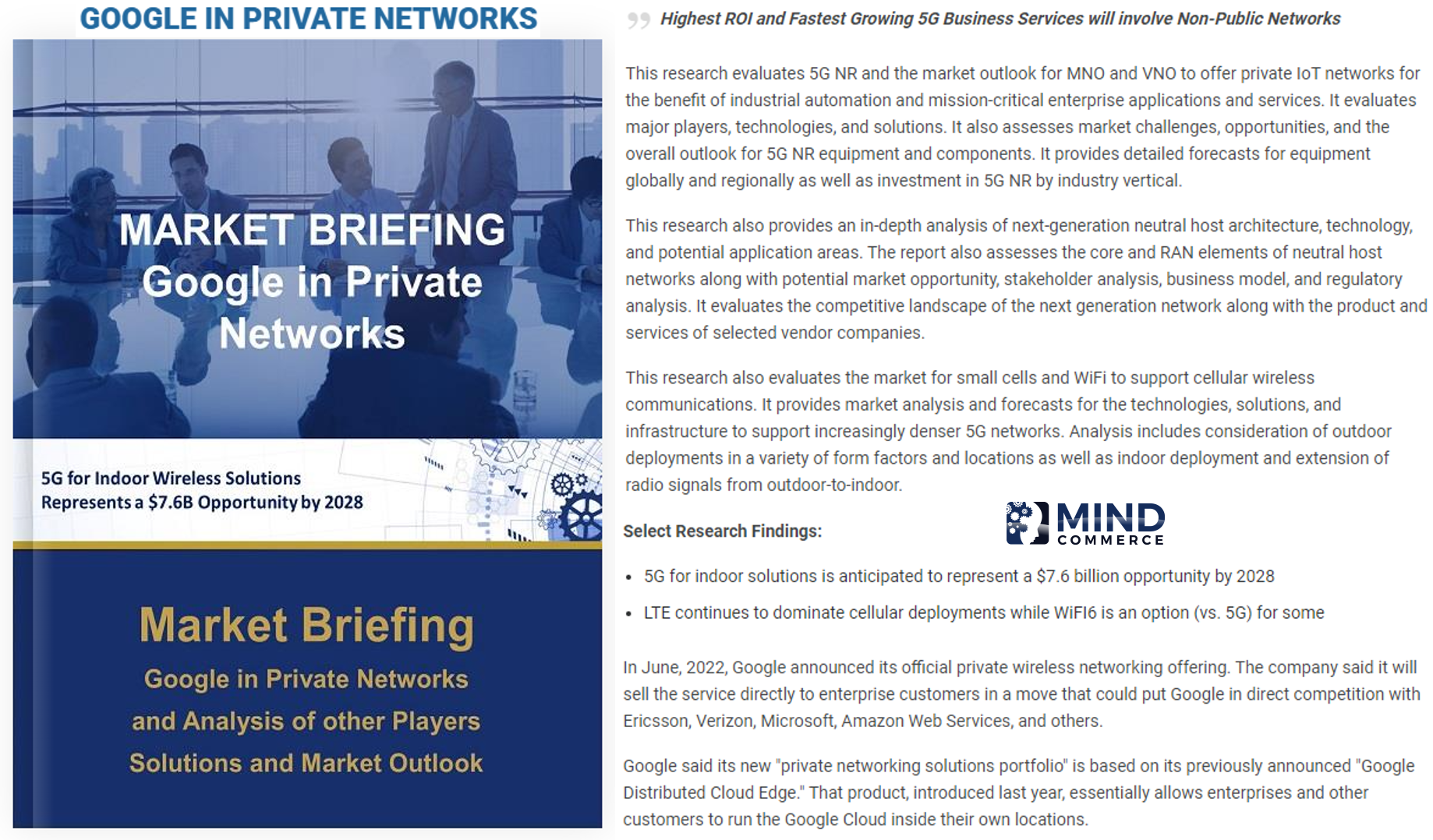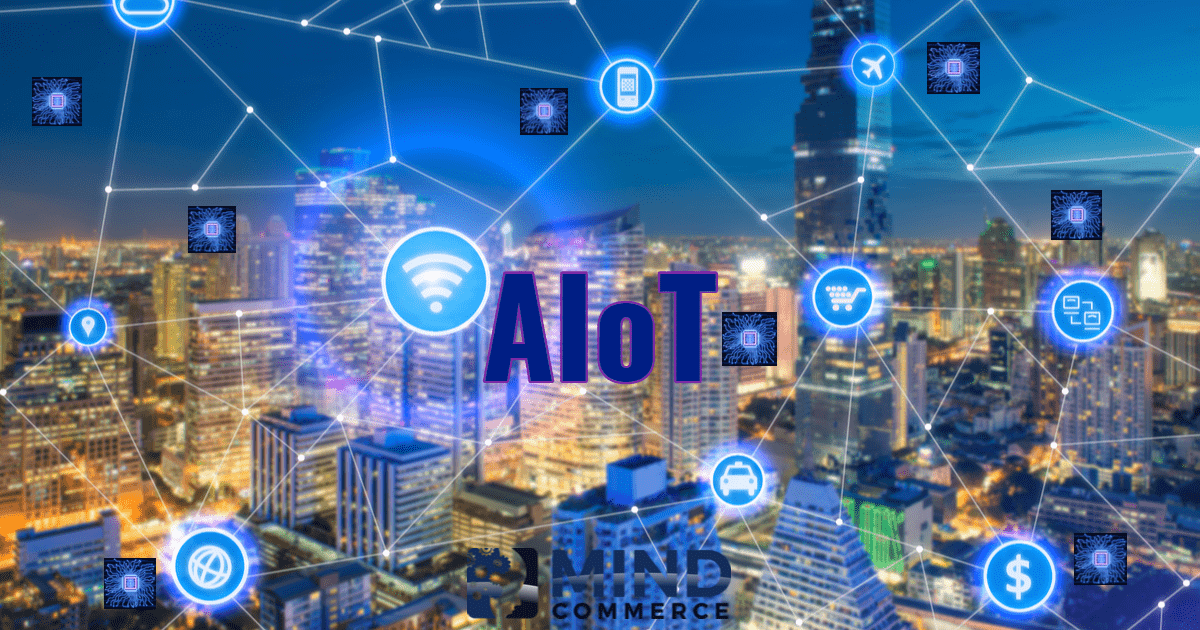Dedicated IoT Network Core and Operating System at Sprint with Ericsson
Sprint has just announced a deal with Ericsson to build and operate and dedicated core network for the Internet of Things (IoT). In addition to providing dedicated support for the company’s IoT applications and services, the platform will leverage Artificial Intelligence (AI) and integrate with Mobile Edge Computing (MEC) network elements.
Is this the beginning of more to come: More Dedicated IoT Networks coming?
Mind Commerce says yes as this precedent setting development means more Dedicated IoT Networks will be build worldwide.
IoT Network Lessons Learned from Emergency Services Networks
Carriers decided that the ability to identify and track location associated with 9-1-1 calls was important enough to establish dedicated networks. Interestingly, virtually the entire public safety community got behind the notion that Control Plane systems (e.g. those relying upon SS7 and intelligent networking) designed with 9-1-1 location in mind could be economically justified by all of the commercial location based services (LBS) that they would also support.
Ironically, Sprint actually opened up their Control Plane to commercial LBS applications. Most carriers would ultimately lean towards a User Plane system (e.g. one relying upon GPS in the handset and Internet communications) for commercial LBS as is the case today with many location-enabled apps. Just as emergency services was deemed mission critical and too important to risk any potential problems, so will IoT networks become mission critical for many enterprise application areas. IoT will also be leveraged for many public safety and homeland security solutions.
Why Build and Operate Dedicated IoT Networks ?
Besides the obvious decision for Sprint to differentiate themselves versus AT&T and Verizon, the decision to build a dedicated IoT network is very forward-thinking. Dedicated networks allow for vertical integration of technology, which will facilitate a more market-focused approach on industry horizontal segments.
The needs of each industry vertical can be very different as a whole as well as use case specific. For example, the IoT application needs for the electrical utility industry are very different than healthcare, which has many different use cases ranging from remote medical monitoring to end-to-end hospital services integration. Service specific areas such as Asset Tracking can be very different, even between similar industries such as maritime container shipping versus long-haul trucking.
A dedicated network will allow Sprint to focus on the needs of industry verticals, and specific market use cases, rather than be concerned with technology issues. Without a dedicated IoT network, the IoT ecosystem could easily become highly cumbersome with so many different “things” to consider as part of IoT provisioning, activation, administration and other management functions. This is why Mind Commerce sees IoT Things Management as an important function to include in an IoT Operational Support Systems (OSS).
Device-specific issues also arise. IoT devices range from sensors, actuators, gateways, and embedded hardware/software within products and assets. The number and type of IoT devices, as well as the associated use cases for apps and services, grows exponentially within leading industry verticals.
IoT Device Management encompasses device provisioning, administration, monitoring, and diagnostics important for trouble replication and corrective measures. Important IoT Device Management functions include Enrollment/Provisioning, Configuration/Association, Software Updates, and overall Management and Control. As IoT systems and networks grow in complexity and importance, there will be an increasingly urgent need within enterprise for IoT device management platforms and software.
Building and Maintaining Dedicated IoT Networks
It is important to recognize that at least a portion of the network will be virtualized. For example, with the advent of 5G Network Slicing, radio frequency may be allocated with enforceable Quality of Service (QoS). This will be very important as no communication service provider will want to build a completely separate RF network for IoT or any other reason. However, industry verticals have use-case specific needs for bandwidth allocation, latency, roaming, etc.
IoT SLAs will have a profound impact across many industry verticals in terms of productivity gains and other important metrics
There will likely be some consolidation at the vendor component and services level. Sprint will want to simplify the network as much as possible. This will allow them to more efficiently and effectively focus on enterprise customers and also cut management and administration costs out of their operational expenses.
There will be a need for work on OSS and Billing Support Systems (OSS/BSS). Next generation OSS/BSS solutions already take into account the special needs for IoT from a technology perspective. Many of these same systems could benefit from industry-specific capability upgrades.
As their technology and managed services partner, Ericsson will most assuredly be developing innovative solutions and likely also acting as systems integrator and consolidator of technologies and vendors.
More Information about Dedicated IoT Networks
Learn more about the future of dedicated IoT networks including the systems requirements, device and data management, IoT SLA, and more.
Contact Mind Commerce to learn more, ask questions, and/or inquire about our syndicated reports and consultation.








Leave A Comment
You must be logged in to post a comment.